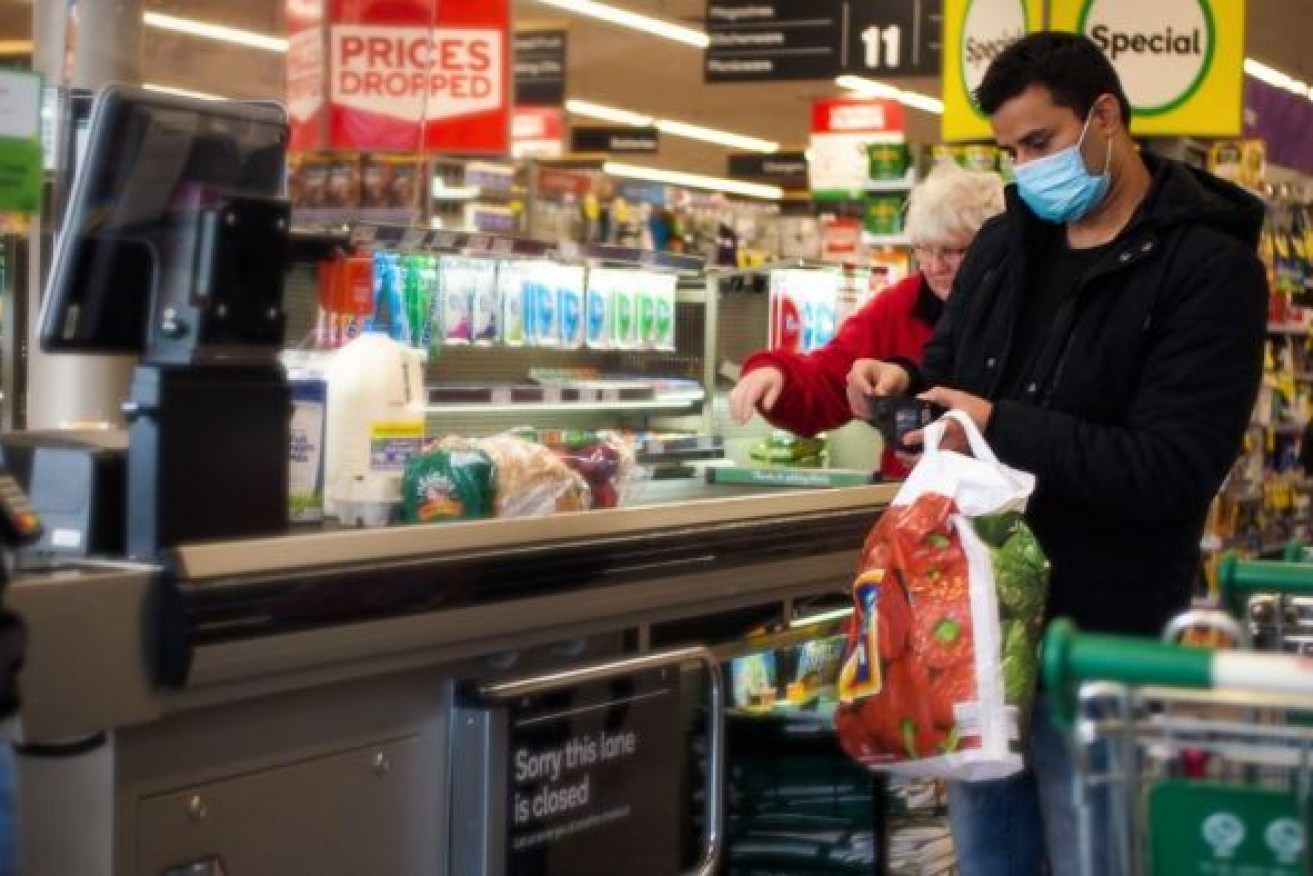Woolworths sales spike as more eat and drink at home
Woolworths online and alcohol sales rocketed in the September quarter as more people ate and drank at home.


Climate change is pushing up the average family grocery bill, new research has found. (Photo: ABC)
The retailer also confessed that its underpayment of staff costs had now reached $281 million, with $164 million repaid in the quarter.
The company said group sales jumped 12.3 per cent to almost $18 billion while its e-commerce sales were up 86 per cent to $1.5 billion. Online traffic through the apps and directly jumped 75 per cent to 11.4 million visits.
Victoria was the standout in terms of web sales, chiefly because of the longer lockdowns. Web sales growth in Victoria was up 180 per cent
The group’s hotels suffered because of lockdowns and sales were down 33 per cent and its COVID-19 costs were $176 million for the quarter.
The Australian Bureau of Statistics also reported that retail trade fell by 1.1 per cent in September,but there has been a strong revival in cafes and restaurants.
Queensland’s retail trade fell slightly more (1.2 per cent) than the national figure but it was a better performer than every state except NSW.
ABS director of quarterly economy-wide surveys Ben James said there were falls in household goods retailing (-3.6 per cent), and food retailing (-1.5 per cent), however both sectors continued to trade at elevated levels compared to September 2019.
Other retailing (-0.7 per cent), and clothing, footwear and personal accessory retailing (-1.1 per cent) also fell in September.
Cafes, restaurants and takeaway food services were up by 3.5 per cent and department stores (1 per cent).
In seasonally adjusted terms, there were falls in New South Wales (-0.9 per cent), Queensland (-1.2 per cent), Western Australia (-1.7 per cent), South Australia (-2.9 per cent), Victoria (-0.4 per cent), the Australian Capital Territory (-2.4 per cent), and Tasmania (-2.0 per cent). The Northern Territory (4.3 per cent) rose in seasonally adjusted terms in September 2020.
Online sales remain elevated, making up 10.6 per cent of total retail sales in September 2020. Online contributed 6.6 per cent in September 2019.
For the September quarter, retail volumes rose 6.5 per cent, the strongest quarterly volume rise in the history of the series. The rise follows a fall of 3.5 per cent in the June quarter 2020.
“The quarterly rise was driven by a recovery in industries that saw sharp falls in the June quarter 2020, as well as continued strength in industries such as food retailing, other retailing and household goods,” said Mr James.
“Cafes, restaurants and takeaway food services (28.1 per cent), and clothing, footwear and personal accessory retailing (35.5 per cent) led the rises. Despite the quarter-on-quarter rise, both industries continue to trade below the level of September 2019 in seasonally adjusted volume terms.”
Food retailing (3.2 per cent), other retailing (3.5 per cent), and department stores (0.2 per cent) also rose in the September quarter. Household goods retailing (-0.2 per cent) fell slightly but leads volumes rises in annual terms.
Quarterly volume growth was partially offset by Victoria, which fell 4.2 per cent. New South Wales (11.6 per cent) led the rises by state and territory.












